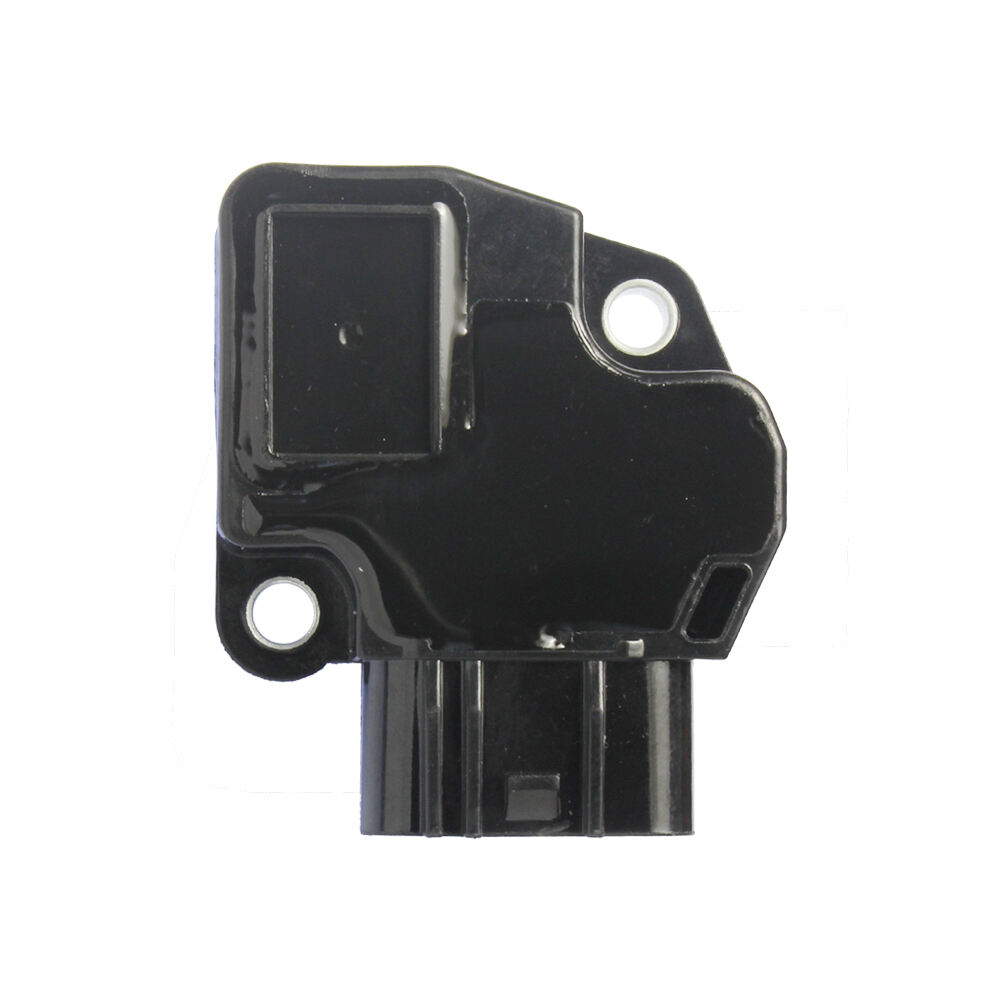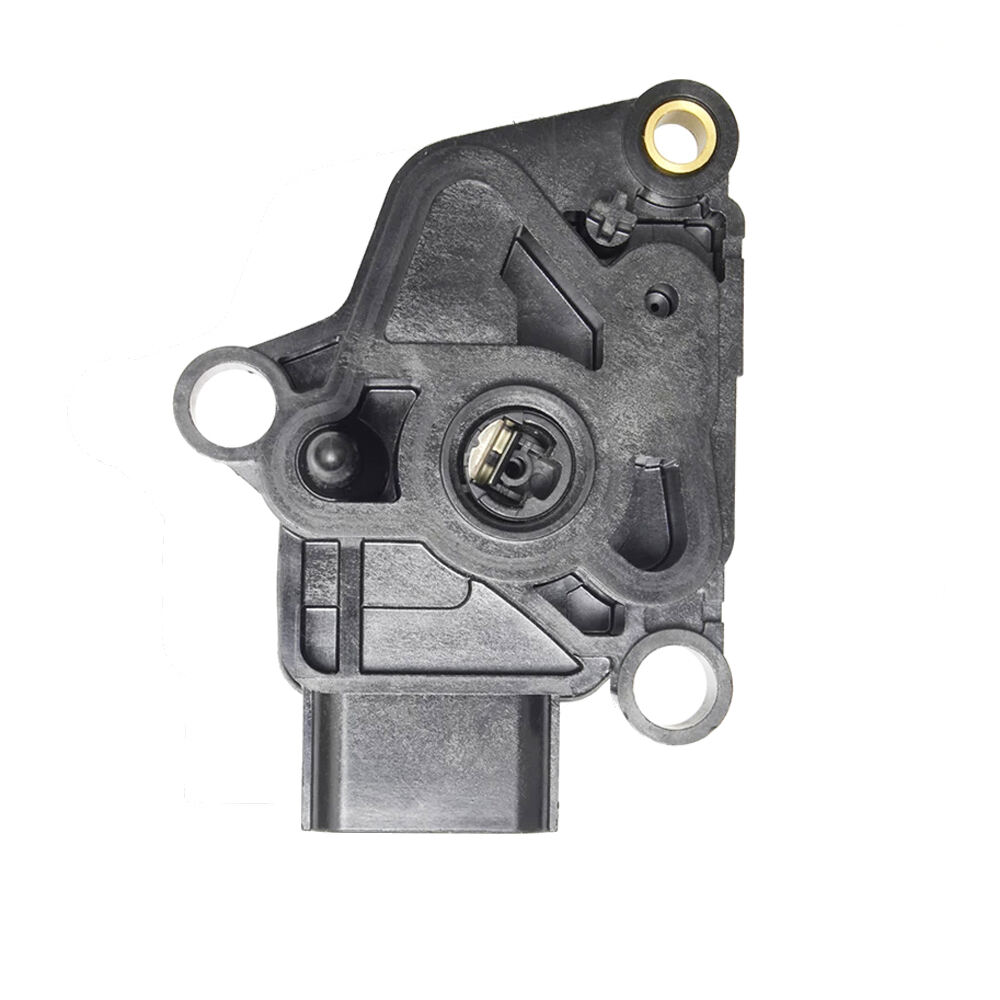faulty crankshaft position sensor
The crankshaft position sensor is a critical component in modern vehicle engines that monitors the position and rotational speed of the crankshaft. When faulty, this sensor can cause significant engine performance issues. The sensor works by using electromagnetic principles to detect the position of the crankshaft teeth and transmit this data to the engine control unit (ECU). A malfunctioning sensor may result in irregular engine timing, poor fuel efficiency, and difficulty starting the vehicle. The sensor's primary function is to ensure proper engine timing by synchronizing fuel injection and ignition timing with the engine's mechanical components. When the sensor fails, it can manifest through various symptoms including engine misfires, stalling, or complete failure to start. Modern crankshaft position sensors utilize Hall effect technology or magnetic resistance to provide precise measurements, making them essential for optimal engine performance. Understanding the implications of a faulty sensor is crucial for vehicle maintenance and troubleshooting engine issues. The sensor's location near the engine block or flywheel housing makes it susceptible to heat damage and contamination, which can lead to sensor failure over time.


